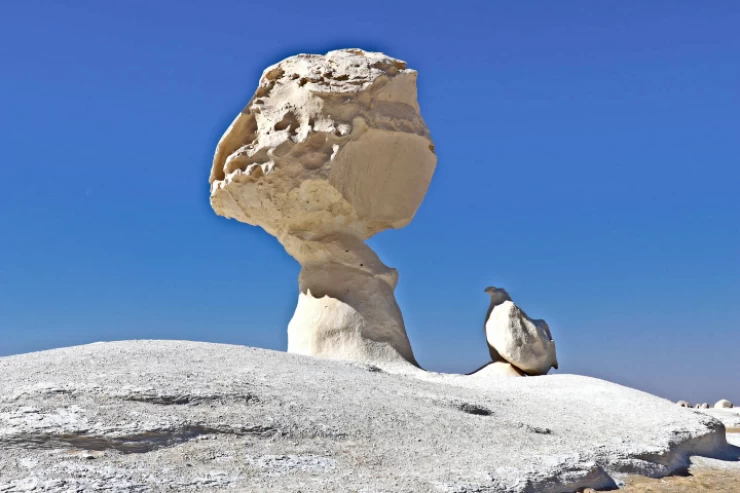
Mastaba Tomb of Kagemni in Saqqara
Information about Mastaba Tomb of Kagemni
Who is Kagemni? He was a minister and judge during the reigns of three successive kings of the Sixth Dynasty, and Kagemni's titles were: judge of the Supreme Court, ruler of the land to its northern and southern borders, and director of all commissions. He is one of the great men of the late Sixth Dynasty. The minister Kamenji is different from the owner of the teachings, who was a minister during the reign of King Huni, who lived in an earlier era than Kamenji, the owner of the tomb at Saqqara.
The tomb is in the form of a square mastaba with each side measuring 32 square metres, the entrance is located on the eastern facade, and the mastaba consists of seven chambers, most of which are rectangular in shape and all of which are inscribed in bas-relief.
There are traditional scenes of daily life such as the owner of the tomb in the forests of the delta, caring for livestock, accounting scenes of shepherds and farmers, and carvings of a crocodile swallowing a fish that started with its head, as well as a hippopotamus biting the back of a crocodile trying to attack a female hippopotamus giving birth.
In the first chamber, only the lower inscriptions on the west wall remain: a boat made of papyrus bundles in which the deceased is standing; the bottom of the boat is inscribed with different types of fish and a battle between a hippopotamus and a crocodile.
The second chamber, on the north wall, has scenes depicting fishing, fish species, and crocodile and hippopotamus battles. The third chamber's most important scenes are the hunting of birds such as geese and ducks with nets, the feeding of hyenas, and the feeding of bull calves in front of the tomb owner who is holding his staff, while the eastern wall has scenes of fishing with baskets or nets in front of the tomb owner who stands leaning on his staff.
The fourth chamber has inscriptions on its walls representing different types of birds, meat, deer, goats, large amounts of vegetables, onions, papyrus packages, lotuses, and different types of bread. The walls of the fifth chamber are covered with carvings representing laborers weighing grain placed in piles. The sixth chamber has an imaginary door with the tomb owner's titles and name, a ladder in front of it, and a small altar near the ladder.


















